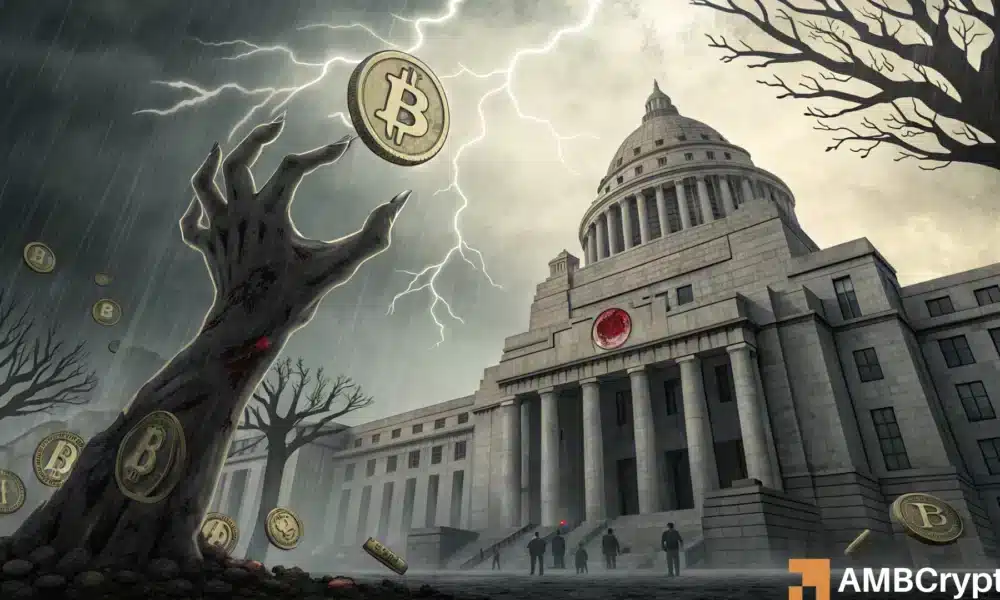Key takeaways
Dormant Bitcoin wallets from 2010 moved $29.6 million, sparking fears of a market dump. Meanwhile, Japan ramps up crypto regulation to tighten investor protection and market control.
Bitcoin’s [BTC] past just stirred to life. Five wallets from 2010 – long thought forgotten and assumed to be Satoshi Nakamoto’s – have suddenly moved nearly $30 million worth of BTC, causing fears of an impending market dump.
At the same time, Japan is tightening its grip on crypto, handing oversight to a more powerful financial watchdog in a bid to rein in risks and better protect investors.
Old Bitcoin wallets comeback to life with $29.6M in BTC
Five long-dormant Bitcoin wallets from 2010 unexpectedly came to life this week, moving a combined 250 BTC – worth nearly $29.6 million – after more than 15 years of silence.


Source: X
The transfers took place on the 31st of July, involving coins originally mined on the 26th of April 2010.
This firmly situated them within Bitcoin’s early, experimental phase—just months before the “Patoshi pattern,” a distinctive mining activity often linked to Bitcoin’s creator, abruptly ceased.
Although movements from early wallets aren’t unheard of, the timing has stirred market unease. Traders are now closely monitoring for signs of potential sell-offs or coordinated exits by major holders.
No, it probably wasn’t Satoshi Nakamoto
The timing and origin of the wallets might raise eyebrows. But experts say it’s highly unlikely that the recent transactions are tied to Satoshi Nakamoto.
According to Whale Alert, the wallets don’t match the signature “Patoshi pattern” mining behavior.
These include a unique nonce range and a mining slowdown observed around May 2010, suggesting Satoshi voluntarily stepped back.


Source: X
Whale Alert has previously estimated that Satoshi mined roughly 1.1 million BTC (specifically, 1,125,150 coins across blocks up to number 54,316) valued at over $10.9 billion as of mid-2020.
Analysts argue the latest wallet activity doesn’t fit this mold and is more likely the work of other early adopters. Some of them may now be preparing to cash in during the next bullish wave.
So traders, there’s no immediate cause for concern.







